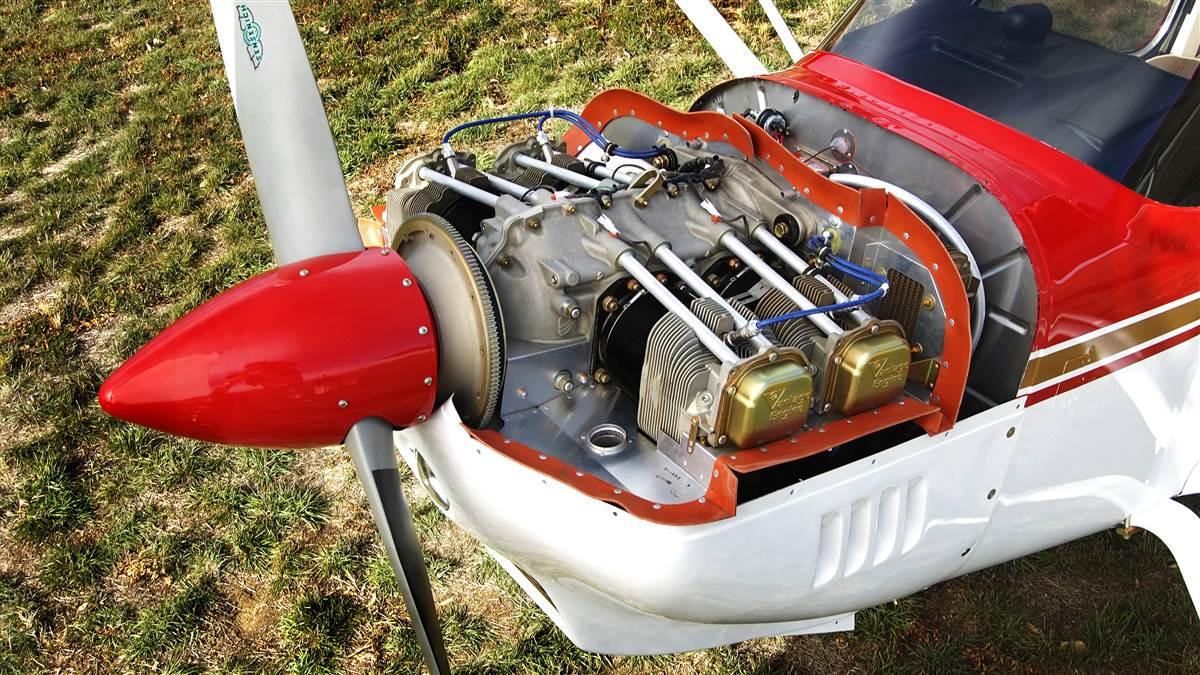The Mission for Ultimate Driving Power: Investigating the Peak of Engine Efficiency and Technological Advancements in the Automotive Industry
In the realm of automotive engineering, the search of optimum driving power has been a relentless quest that has actually unfolded with the evolution of engine design and the assimilation of cutting-edge technologies. From the careful workmanship of combustion engines to the quick improvements in electric propulsion systems, the auto industry stands at the cusp of a new age characterized by extraordinary efficiency abilities.
Advancement of Engine Design

Furthermore, the combination of turbocharging and turbo charging modern technologies has transformed engine style by enhancing power without substantially increasing engine size. These forced induction systems compress the intake air, enabling even more fuel to be combusted, consequently creating greater power outcome from a smaller engine. This innovation has actually been especially essential in enhancing the efficiency of smaller displacement engines while maintaining fuel effectiveness standards.

Performance-Enhancing Gas Technologies
The execution of innovative gas technologies has actually considerably added to improving engine performance in modern-day cars. From conventional gas and diesel to ingenious biofuels, artificial gas, and hydrogen, the auto industry is experiencing a transformation in fuel alternatives. Biofuels, derived from eco-friendly resources like corn, algae, or sugarcane, offer enhanced and lowered emissions engine efficiency. Synthetic fuels, generated via chemical processes, supply high octane rankings, improving power output. Hydrogen fuel cells, although still in the onset of fostering, reveal excellent guarantee because of their zero-emission nature and potential for high performance. Furthermore, fuel additives and cleaning agents are being created to tidy engine elements, optimize combustion, and lower friction, thus improving total automobile performance. With continuous r & d, the quest for the ultimate driving power continues, as engineers make every effort to open the complete potential of performance-enhancing gas modern technologies in the automotive market.
Innovations in Electric Propulsion
Considerable strides in electrical propulsion modern technology have revolutionized the vehicle industry, leading the way for a brand-new era of effective and lasting transportation. Electric lorries (EVs) are acquiring appeal as a result of their environmental benefits and developments in battery innovation, making it possible for longer driving ranges and shorter billing times. Suppliers are investing greatly in research study and advancement to enhance the efficiency of electrical propulsion systems, concentrating on boosting power result, improving energy effectiveness, and lowering general weight.
One noteworthy development in electrical propulsion is the development of advanced electric motors that deliver greater torque and power thickness, causing boosted velocity and total driving performance. Additionally, regenerative braking systems have actually been improved to record and store energy throughout slowdown, more boosting the effectiveness of EVs.
Furthermore, the integration of smart technologies, such as expert system and anticipating analytics, is maximizing the administration of electric propulsion systems, guaranteeing ideal efficiency under various driving conditions. These advancements in electrical propulsion are reshaping the auto landscape, driving the industry in the direction of a much more lasting and energized future.
Effect of Computational Liquid Dynamics
With advancements in electrical propulsion pushing the borders of automobile innovation, the combination of Computational Liquid Characteristics is playing an essential role in maximizing wind resistant efficiency and improving total effectiveness in vehicle style. Computational Liquid Dynamics (CFD) entails making use of computer system simulations to evaluate the circulation of air around a lorry, allowing designers to predict just how design modifications will influence aerodynamics without the demand for costly physical models. By properly modeling air movement patterns, CFD enables for the improvement of vehicle shapes to minimize drag, improve air conditioning, and improve security.
CFD enables designers to maximize air read review movement around elements such as radiators, engine bays, and wheel wells, contributing to boosted efficiency and general driving experience. In verdict, the combination of Computational Fluid Characteristics stands for a significant step forward in the quest for best driving power and effectiveness in the automobile sector.
Future Fads in Engine Technology
In the vibrant landscape of automobile design, sophisticated advancements are shaping the future trajectory of engine advancement. The future of engine style is marked by a solid emphasis on performance, sustainability, and efficiency. Manufacturers are significantly concentrating on developing engines that not only deliver high power outcomes however additionally prioritize ecological duty by reducing discharges and boosting gas effectiveness.
One prominent pattern in engine innovation additional info is the surge of electrification. Hybrid and electric powertrains are obtaining traction as sensible alternatives to typical combustion engines. These modern technologies offer the potential for considerable decreases in carbon exhausts and increased power efficiency, lining up with worldwide initiatives to battle environment change.
Moreover, advancements in materials science and production strategies are enabling the production of lighter and a lot more long lasting engine parts. This change in the direction of lightweight products such as carbon fiber and light weight aluminum alloys adds to boosted efficiency and gas economy.
Verdict
In verdict, the search of ultimate driving power in the automobile industry remains to drive advancements in engine design, fuel technologies, electrical propulsion, and computational liquid dynamics. The advancement of these technologies is shaping the future of engine innovation, leading the way for extra effective and powerful automobiles (engines for africa). As the market remains to push the borders of what is feasible, we can expect to see much more cutting-edge growths in the mission for peak performance
One of the key landmarks in engine style evolution is the change from conventional carbureted engines to contemporary fuel-injected systems. By precisely metering the gas delivery to each Bonuses cyndrical tube, fuel-injected engines enhance combustion, resulting in better efficiency and decreased ecological effect.
Additionally, the assimilation of turbocharging and supercharging technologies has actually transformed engine layout by improving power without substantially enhancing engine dimension (engines for africa).The application of innovative fuel modern technologies has considerably added to boosting engine performance in modern cars. Additionally, gas additives and detergents are being developed to tidy engine components, maximize burning, and reduce friction, consequently boosting general lorry performance